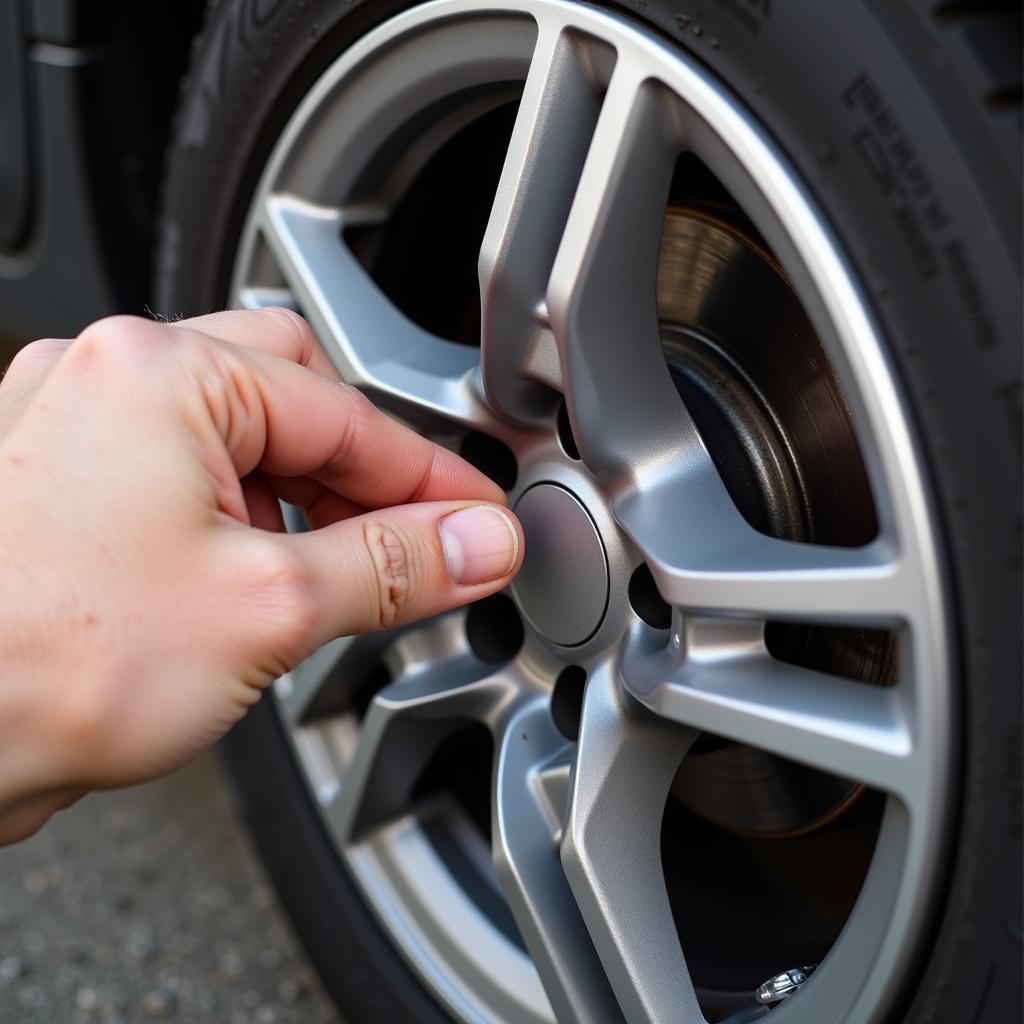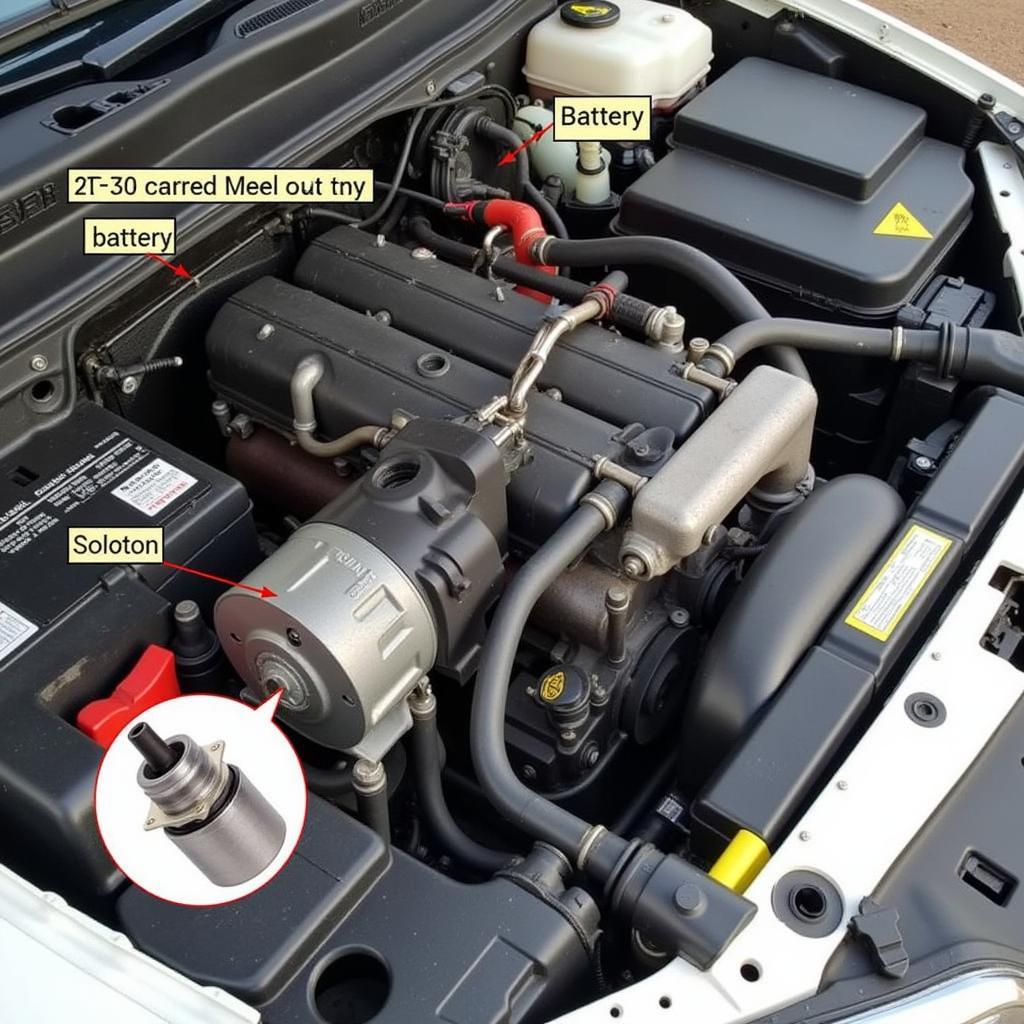Troubleshooting and fixing a car wash flowjet pump can be a frustrating experience, but with a little know-how, you can often get it back up and running without a costly service call. This comprehensive guide will provide you with the knowledge you need to diagnose and repair common issues with your flowjet pump, saving you time and money.
Understanding Your Car Wash Flowjet Pump
Before diving into troubleshooting, it’s essential to understand the basic workings of a flowjet pump. These pumps use a venturi effect to draw cleaning solution into the water stream, creating a mixture that’s then sprayed onto your vehicle. Key components include the pump itself, the inlet and outlet hoses, and often a chemical injector. Understanding how these components work together is crucial for effective troubleshooting.
Common Flowjet Pump Problems and Solutions
Flowjet pumps, while generally reliable, can encounter a few common problems. Let’s explore some of these issues and how to address them.
Low Pressure or No Pressure
- Check the Water Supply: The most obvious culprit for low pressure is insufficient water supply. Ensure the water source is turned on and providing adequate pressure.
- Inspect the Inlet Hose: Look for kinks, clogs, or leaks in the inlet hose. A restricted or damaged hose can significantly reduce water flow. Replace if necessary.
- Clean the Inlet Filter: The inlet filter can become clogged with debris. Remove and clean it thoroughly.
- Check the Chemical Injector: A malfunctioning chemical injector can sometimes restrict water flow. Try bypassing it temporarily to see if that resolves the issue.
Leaking Pump
- Tighten Connections: Loose connections are a common cause of leaks. Carefully inspect all hose connections and tighten them as needed.
- Replace Worn Seals: Over time, seals within the pump can wear out and cause leaks. Replacement seal kits are often available and relatively easy to install.
- Check for Cracks: Inspect the pump housing for any cracks. If you find a crack, the pump likely needs replacement.
Pump Doesn’t Draw Chemical
- Check Chemical Level: Make sure the chemical container isn’t empty. It sounds simple, but it’s often overlooked.
- Inspect the Chemical Injector: Check the chemical injector for clogs or damage. Clean or replace it as necessary.
- Verify the Injector Setting: Ensure the chemical injector is properly adjusted. Too low a setting might not draw enough chemical, while too high a setting can clog the injector.
How to Fix Your Car Wash Flowjet Pump: A Step-by-Step Guide
- Identify the Problem: Determine the specific issue you’re facing (low pressure, leaks, etc.).
- Turn Off the Water Supply: Before working on the pump, always turn off the water supply to avoid accidents.
- Inspect the Hoses and Connections: Check for kinks, clogs, leaks, and loose connections.
- Clean the Inlet Filter: Remove and clean the inlet filter.
- Check the Chemical Injector: Inspect and clean or replace the chemical injector if necessary.
- Test the Pump: Turn the water supply back on and test the pump.
- If the Problem Persists: If the problem isn’t resolved, consider consulting a qualified technician.
“Regular maintenance is key to preventing flowjet pump problems. Simple checks like cleaning the filter and inspecting hoses can significantly extend the life of your pump,” advises John Miller, Senior Automotive Technician at Miller’s Auto Repair.
Conclusion
Fixing a car wash flowjet pump doesn’t have to be a daunting task. By understanding how the pump works and following the troubleshooting steps outlined in this guide, you can often resolve common issues quickly and easily. Remember to perform regular maintenance to keep your flowjet pump running smoothly. For further assistance, feel free to contact AutoTipPro at +1 (641) 206-8880 or visit our office at 500 N St Mary’s St, San Antonio, TX 78205, United States.
“Don’t underestimate the importance of using the correct type of cleaning solution. Incompatible chemicals can damage the pump and lead to premature failure,” adds Sarah Johnson, Lead Mechanic at Johnson’s Automotive Services.
FAQ
- How often should I clean the inlet filter on my flowjet pump? It’s recommended to clean the inlet filter at least monthly, or more frequently if you use your car wash frequently.
- Where can I find replacement parts for my flowjet pump? Replacement parts are usually available from the manufacturer or online retailers.
- What type of cleaning solution should I use with my flowjet pump? Always consult the manufacturer’s recommendations for the appropriate type of cleaning solution.
- Can I use my flowjet pump without a chemical injector? Yes, you can typically bypass the chemical injector if you only need to rinse your car.
- How can I prevent leaks in my flowjet pump? Regularly inspect and tighten hose connections, and replace worn seals promptly.
- What should I do if my flowjet pump still doesn’t work after troubleshooting? If the problem persists, it’s best to consult a qualified technician for further diagnosis and repair.
- How long does a flowjet pump typically last? With proper maintenance, a flowjet pump can last for several years.






Leave a Reply